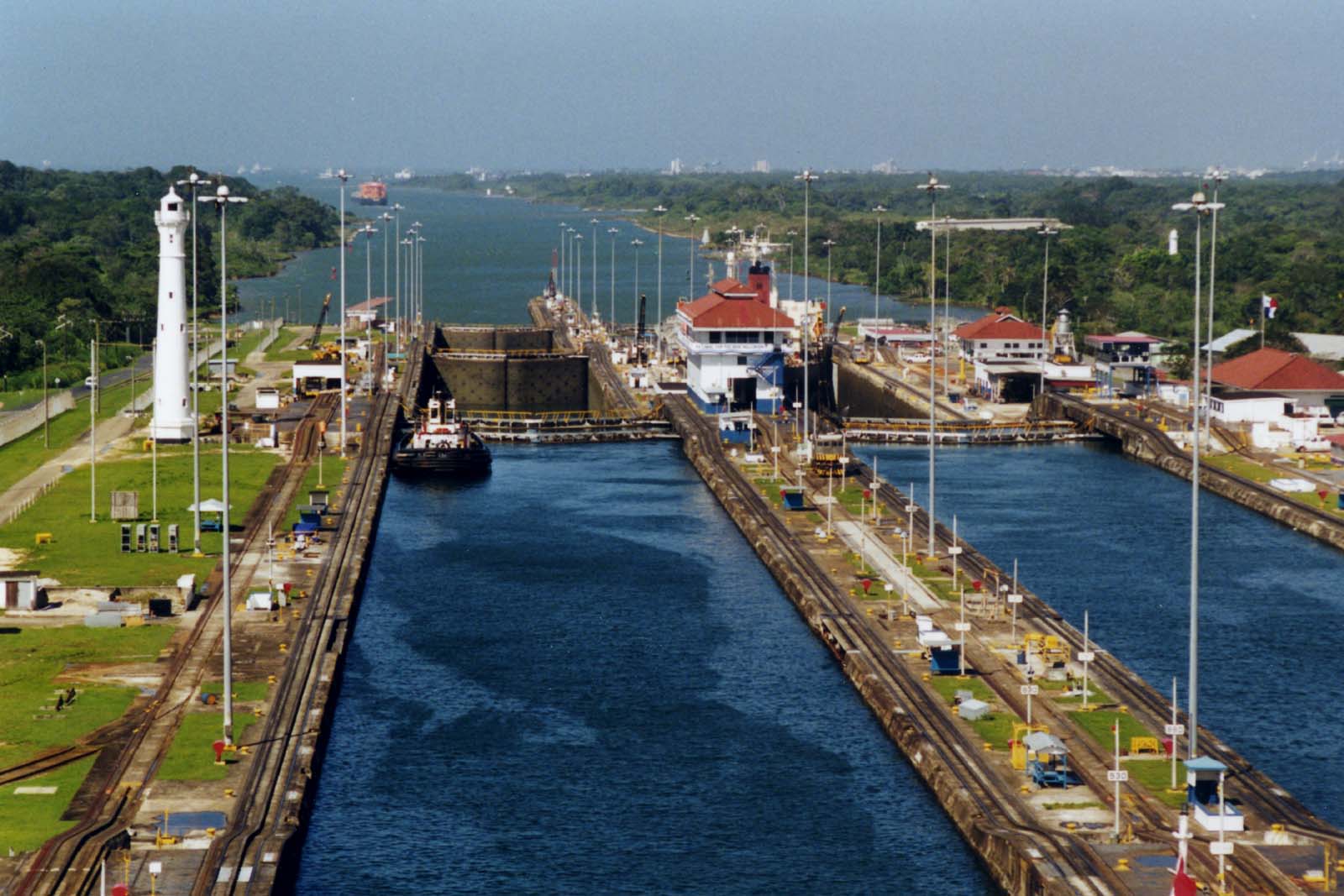The Panama Canal Influence on Global Supply Chain
The Panama Canal, a 50-mile artery bisecting the Americas, stands as a testament to human ingenuity. Since its 1914 opening, it has revolutionized maritime trade, slashing voyage times and distances for ships traversing between the Atlantic and Pacific Oceans. However, in recent months, the canal has become a source of immense strain for global supply chains, grappling with the consequences of a severe drought.
Drought Triggers Restrictions:
The culprit? A relentless drought plaguing Central America, causing water levels in Gatun Lake, the canal’s primary water source, to plummet. As of January 2024, the lake sits at a precarious 81.3 feet, significantly below the optimal 87 feet. This has forced the Panama Canal Authority (PCA) to implement unprecedented restrictions, limiting the draft (depth) of allowable vessels and reducing the number of daily transits.
Impact on Transit Times and Costs:
The consequences are far-reaching. Deeper-draft ships, carrying everything from consumer electronics to agricultural goods, now face extended wait times or are forced to take longer, roundabout routes around Cape Horn or the Suez Canal. This translates to:
- Increased transit times: Ships are experiencing delays of up to two weeks, disrupting carefully planned delivery schedules.
- Soaring freight costs: With fewer slots available and increased demand for alternative routes, shipping companies are raising prices, pushing the burden onto consumers and businesses alike.
- Supply chain disruptions: Delayed deliveries ripple through entire supply chains, leading to shortages, production slowdowns, and ultimately, higher prices for consumers.
Data Dive:
- Pre-drought average daily transits: 8-9
- Current restricted daily transits: 6
- Estimated increase in transit times: Up to 14 days
- Reported rise in freight costs: 15-30%
Beyond the Canal:
The ramifications extend beyond shipping lanes. The canal’s closure or significant slowdown can have a domino effect on:
- Global trade: The canal facilitates roughly 14% of world trade, impacting the flow of goods across continents.
- Economic growth: Delays and disruptions can hamper economic activity, particularly in countries reliant on imports and exports.
- Geopolitical stability: The canal’s smooth operation is crucial for maintaining stable trade relationships and fostering international cooperation.
Seeking Solutions:
The PCA is undertaking dredging efforts and exploring water conservation measures to mitigate the drought’s impact. However, a long-term solution requires addressing the underlying issue of climate change and its effect on regional water resources.
A Look Ahead:
The Panama Canal’s predicament serves as a stark reminder of the vulnerability of global supply chains to unforeseen disruptions. It underscores the need for:
- Diversification: Reducing reliance on single chokepoints and diversifying shipping routes and modes of transportation.
- Investment in infrastructure: Strengthening logistics infrastructure and investing in weather-resilient technologies.
- Sustainability: Prioritizing sustainable practices and mitigating the impact of climate change on critical infrastructure.
The Panama Canal saga is far from over. As the world grapples with the immediate challenges, it must also prepare for a future where extreme weather events and resource scarcity become increasingly common. Only through proactive planning and collective action can we ensure the smooth flow of goods and maintain the interconnectedness that defines our globalized world.
Sources:
- The Panama Canal Authority: https://pancanal.com/en/
- SeaRates Blog: https://www.freightwaves.com/news/panama-canal-authority-extends-water-restrictions
- Lloyd’s List: https://lloydslist.com/
- The New York Times: https://www.nytimes.com/2023/11/01/business/economy/panama-canal-drought-shipping.html


